Around the country, voters are facing questions about the future of their communities. Ahead of the November 4 elections, Democracy Works is tracking ballot measures that will appear before voters—covering issues such as taxes, housing policy, and election administration.
Ballot measures are a form of direct democracy that empower people to weigh in about legislation, constitutional rights, and fiscal issues that affect their state or local area. The rules for ballot measures vary by state, and can take several forms: citizen initiatives let voters propose new laws or constitutional amendments; popular referenda give voters the opportunity to approve or reject a law passed by legislators; and legislature-referred measures allow lawmakers to present a question directly to voters.
We’re publishing more than 200 state and local measures that will appear on ballots this November through our Elections API and TurboVote. With so much at stake, we’re helping voters understand the critical questions before them so that they can vote with confidence.
What’s on the Ballot in 2025?

Even in non-federal election years, ballot initiatives cover a range of consequential economic, governance, and social issues. In 2025, the majority of measures encompass bonds and taxes—which are often viewed as mundane matters, but give voters a say in how financial resources are allocated. In Denver, for example, voters are weighing a package of municipal measures that includes $950 million in proposed infrastructure bonds, potentially authorizing transportation, housing, recreation, and health projects. Meanwhile, voters in Atlanta will consider a proposed homestead exemption for senior citizens, balancing property tax relief against a potential loss in funding for public schools. Such decisions over bonds and taxes often involve complex economic tradeoffs and directly shape a community’s priorities.
Beyond fiscal matters, voters across the country are also deciding measures affecting governance, elections, and other intensely debated political issues. In New York City, several local measures would alter processes related to approving housing and infrastructure projects, impacting the City Council’s authority in many cases. A statewide referendum in Maine would implement photo ID requirements to vote and alter absentee voting procedures, potentially leading to a significant overhaul of the state’s election laws. And in California, voters will decide whether to temporarily allow the state to use a new, legislature-drawn congressional map through 2030—part of a nationwide clash over redistricting. From bonds and taxes to redistricting debates, key questions are on the ballot this November, and we’re equipping Americans to exercise their vote and use their voice.
Reducing Confusion, Improving Voter Confidence
Voters should feel confident when considering initiatives on their ballot, but the format and content of many measures can be overwhelming. A Ballotpedia report found that, on average, this year’s statewide ballot measures were written at a readability level that requires a doctorate degree to readily comprehend. Experts have proposed various recommendations to make ballot measures easier to understand, focused on shortening questions and clarifying their meaning. In the absence of such reforms, however, voters need support navigating complex ballot language.
Scholars have argued that voters do not have to be legal or issue-area experts to make confident, rational decisions on ballot measures. Rather, voters more realistically need “cues,” such as endorsements, to help guide their choices. Through our tools, Democracy Works helps facilitate this process. Sample Ballot Customizations allow TurboVote partners to endorse ballot measure positions or provide additional context on particular initiatives, supplying users with voting guidance from organizations they trust. Customizations allow partners to add annotations of their choice and break down the effects of ballot measures in accessible language, whether they make an endorsement or not. Even without these optional customizations, TurboVote’s Sample Ballot tool always provides a plain-language, nonpartisan explanation of what a “yes” or “no” vote means for ballot measures.
Nonpartisan researchers have noted that ballot measures can serve as an important check on elected representatives, who have sometimes viewed ballot initiatives as an usurpation of their lawmaking powers. At Democracy Works, we’re empowering voters to participate by showing what’s on the ballot, breaking down complex ballot measure language, and connecting people with the information and endorsements they trust.
Shaping the Future
Robust voter education starts with ensuring that people actually turn out to vote. Compared to federal election years, turnout in many local elections is remarkably low. Making it easier to navigate ballot measures won’t automatically solve turnout issues, but it will help voters better understand what’s at stake for their communities—and is key for those who otherwise might not vote in an off-cycle election.
Breaking down ballot information is just one way that TurboVote supports people throughout their voting journey, from voter registration to casting a ballot. This November and beyond, we’re ensuring that voters show up to the polls with confidence. With community-shaping measures on the ballot across the country, the future of our democracy depends on those who participate.

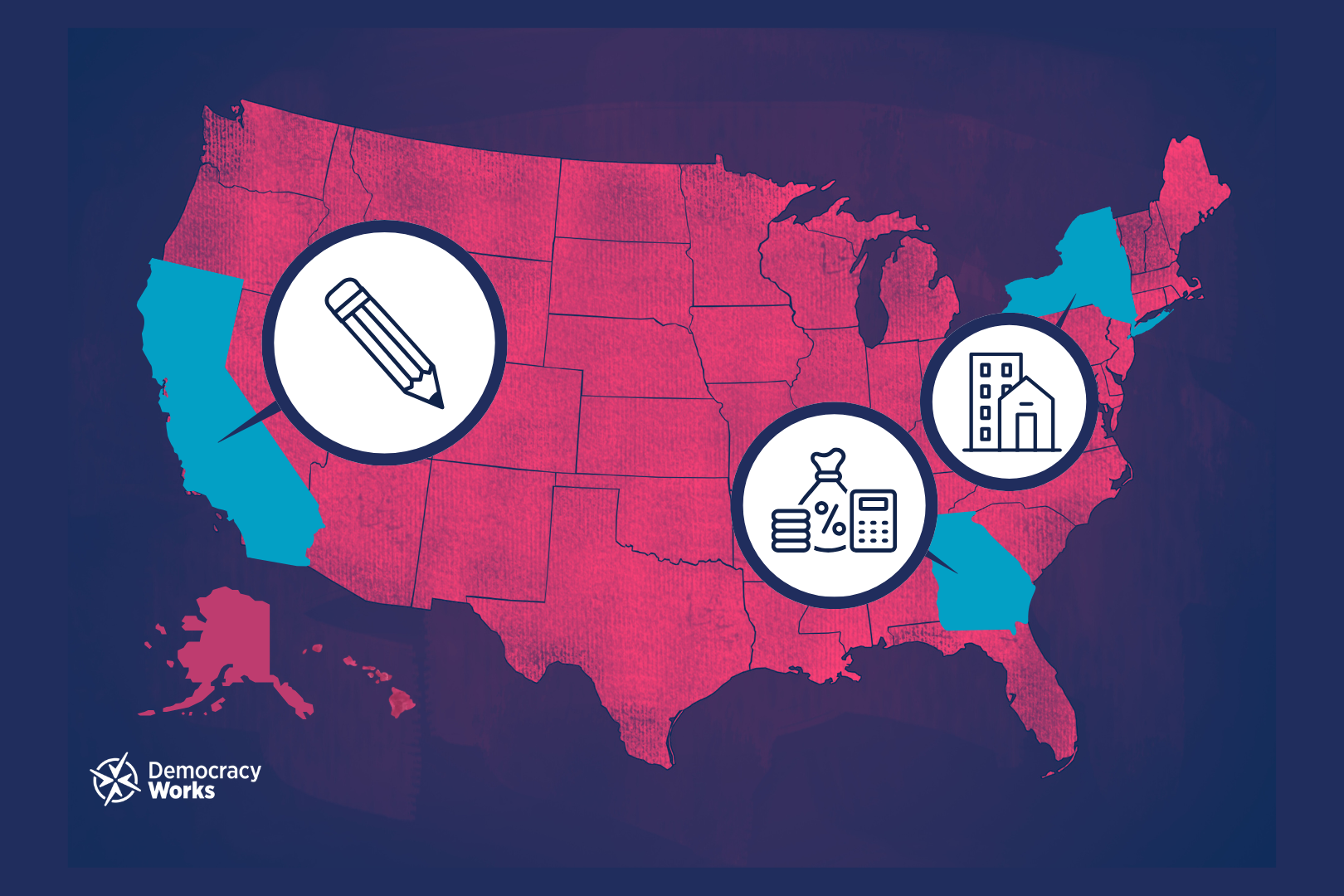
%20(1).png)

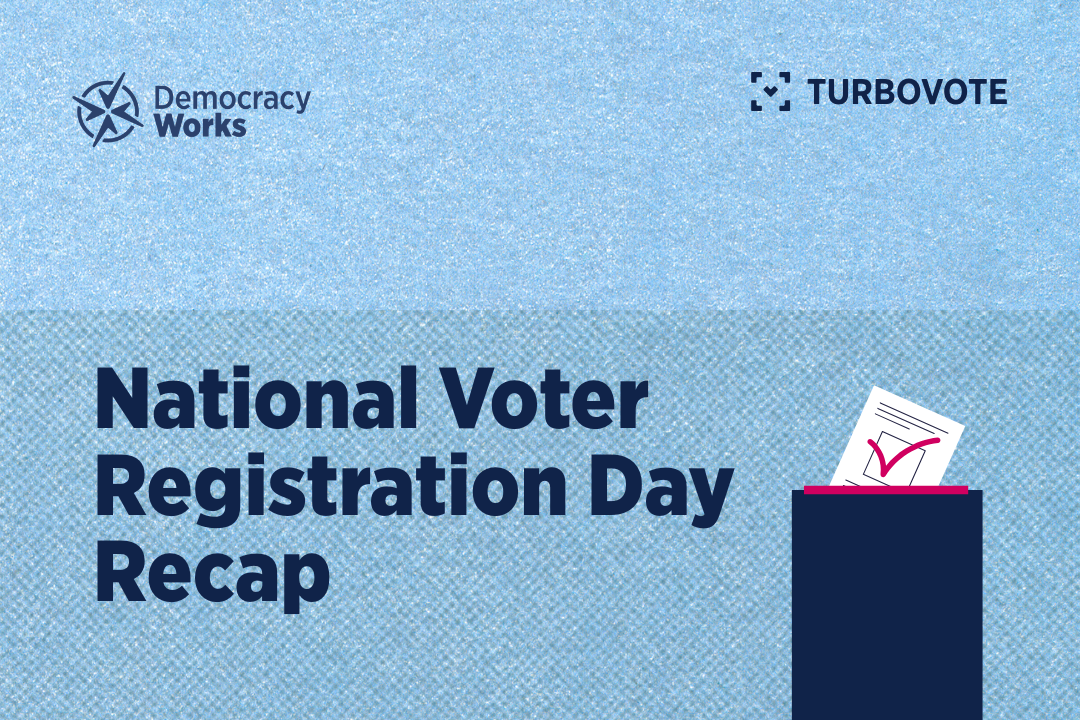
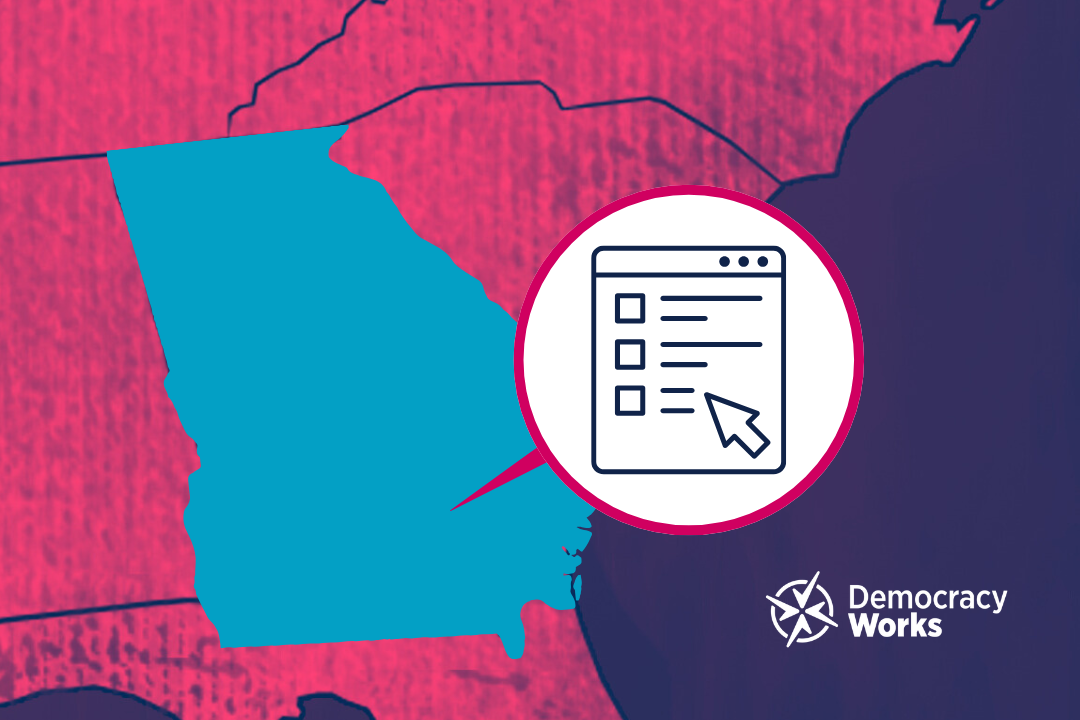

.png)
.png)
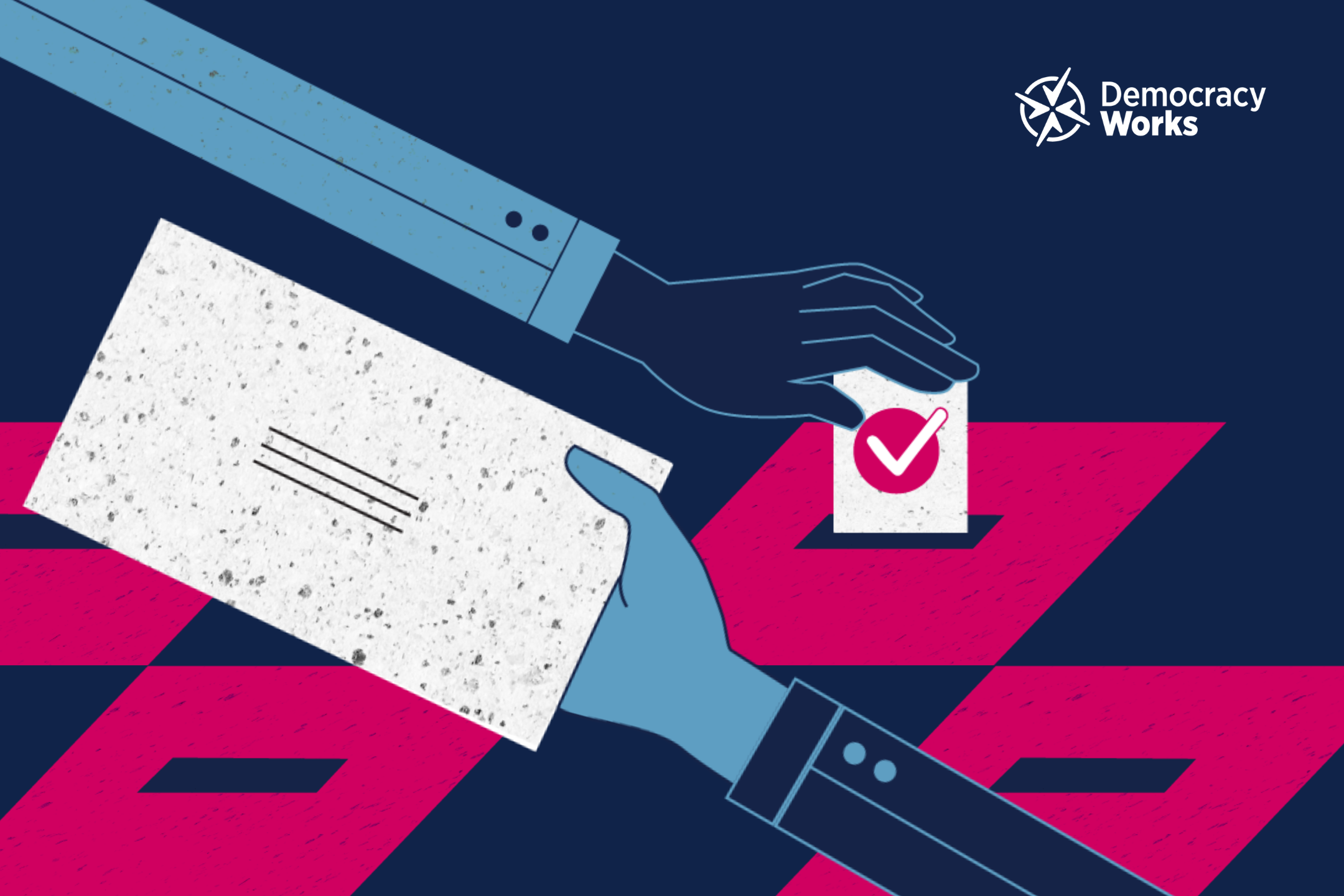
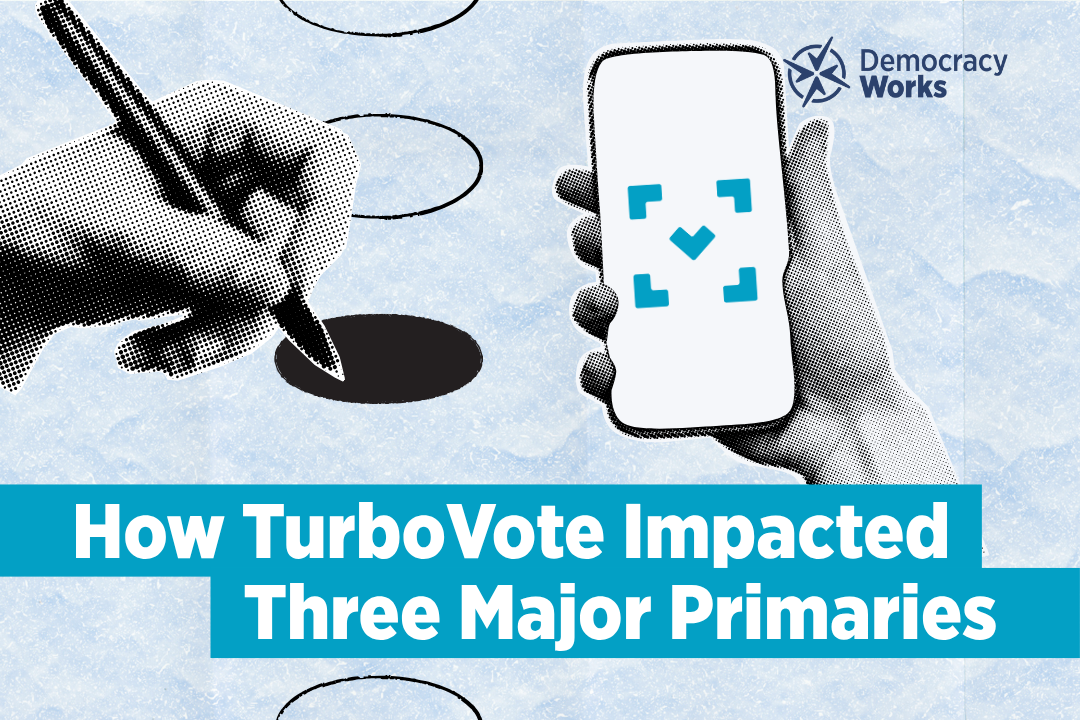
.png)

.png)
.png)

















